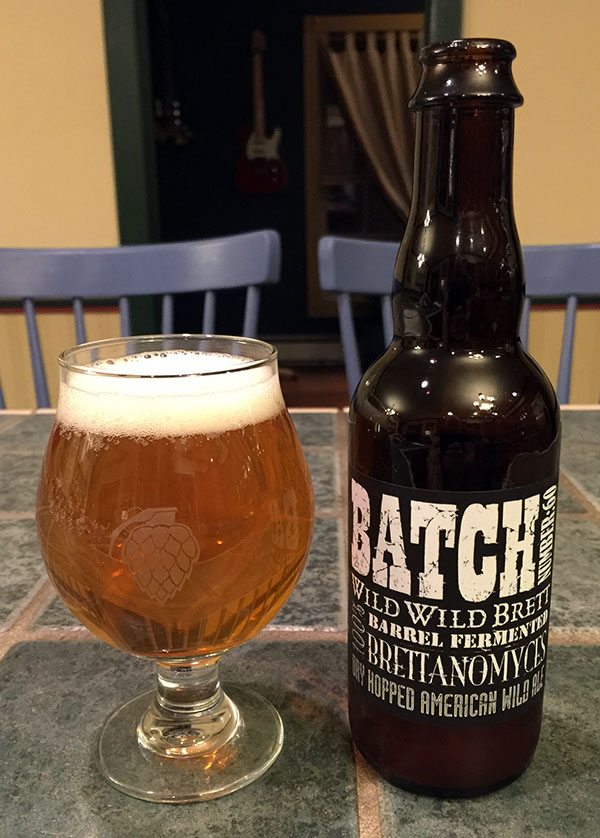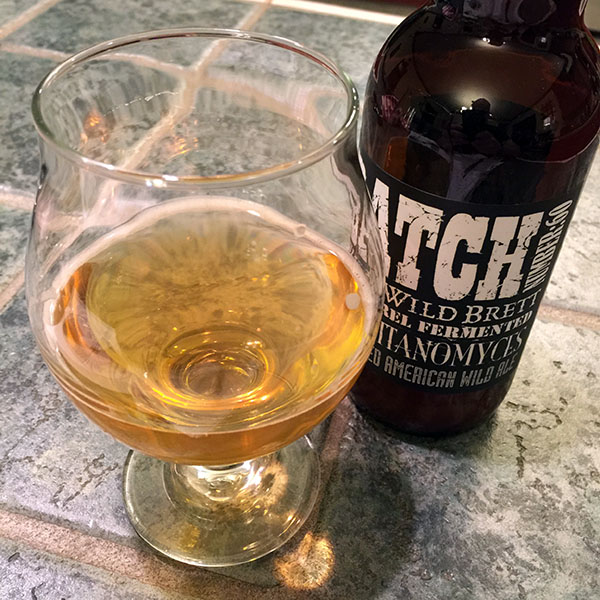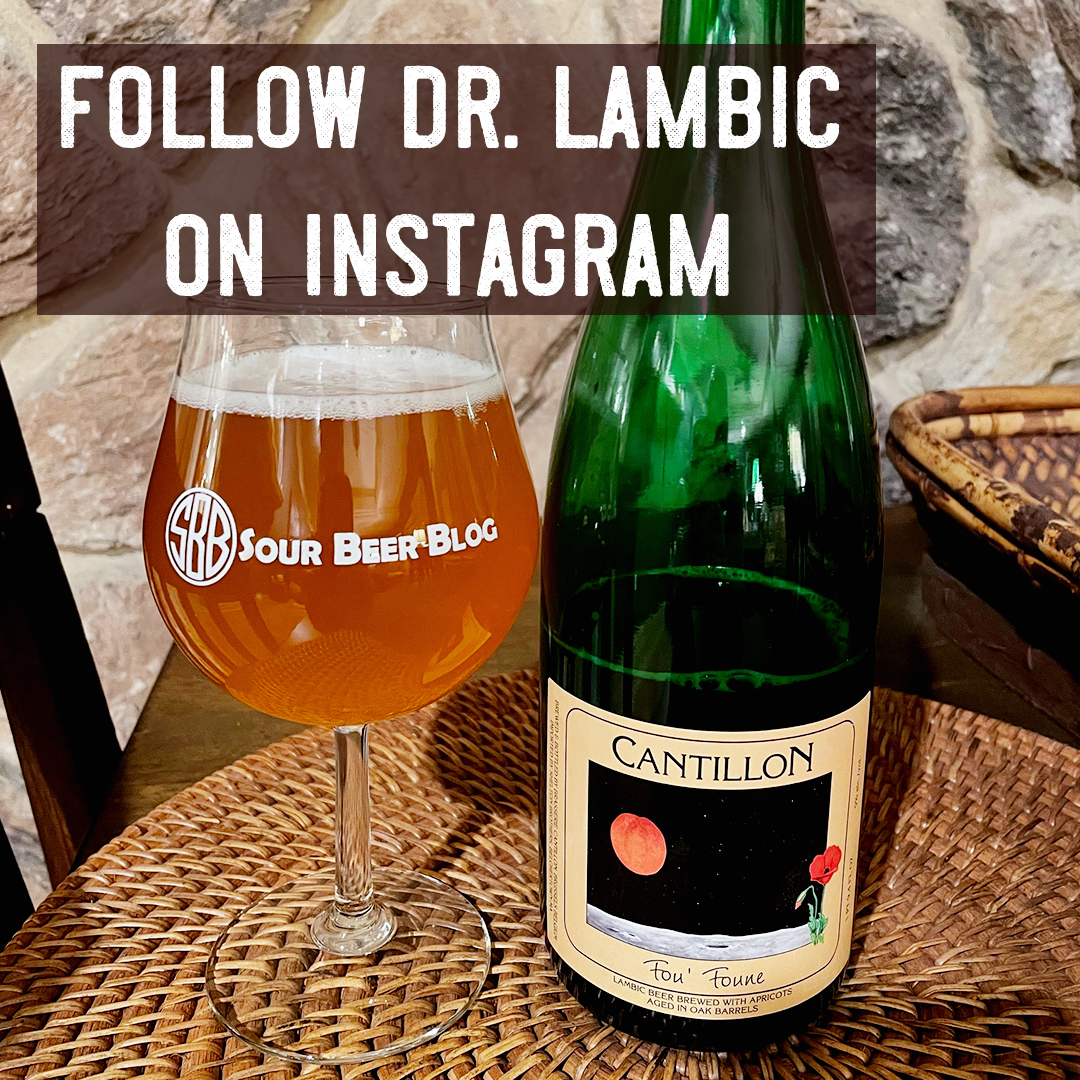Hello Sour Beer Friends!
We live in a lush and fertile time for the creation of excellent sour beers, but this landscape of innovation and experimentation has only recently become a reality. If we rewind the clocks by twenty years and look at the sour beer market of the 90’s, we will find a very different state of affairs. In the early 90’s, the only sour beers on the US market were imports from Belgium. These were the classic lambic styles as well as Flander’s Red Ales and Flander’s Oud Bruins and, at the time, very few American drinkers understood these beers. They often sat on shelves unnoticed for months or even years and I have heard stories from Cantillon’s importers, the Shelton Brothers, of whole cases being returned because of the beer’s “shocking” acidity. At this time, virtually no American brewers had begun to understand, let alone brew with, the bacteria and wild yeast used to produce these styles.
Another concept which was not only unheard of in America, but worldwide, was the idea of performing a primary fermentation with the yeast Brettanomyces. While Brettanomyces had been discovered around the turn of the last century and its activity in both acidic beers of Belgium and aged stock ales of England was well understood, its use as a sole fermentation organism wouldn’t take place until only about a decade ago. These first 100% Brettanomyces beers revealed aroma and flavor qualities that had not previously been obtained in beer. Unfortunately almost all actual scientific research conducted upon Brettanomyces up until that point had been funded by the wine industry and was largely geared toward merely understanding the yeast so that it could be avoided.
 This brings us to the point of my introduction… The first thorough research which studied various strains of Brettanomyces during primary fermentation was performed by Chad Yakobson as part of the dissertation for his masters degree in Brewing and Distilling at Heriot-Watt University. Now Yakobson continues to both research and utilize Brettanomyces at his own brewery, Crooked Stave Artisan Beer Project, a brewery focused on the production of 100% Brettanomyces fermented wild ales. We have reviewed several excellent Crooked Stave beers previously on Sour Beer Blog, but I don’t think any of them have showcased the awesome tropical fruit aromatics that Brett is capable of producing as well as this most recent beer, Wild Wild Brett Batch 60.
This brings us to the point of my introduction… The first thorough research which studied various strains of Brettanomyces during primary fermentation was performed by Chad Yakobson as part of the dissertation for his masters degree in Brewing and Distilling at Heriot-Watt University. Now Yakobson continues to both research and utilize Brettanomyces at his own brewery, Crooked Stave Artisan Beer Project, a brewery focused on the production of 100% Brettanomyces fermented wild ales. We have reviewed several excellent Crooked Stave beers previously on Sour Beer Blog, but I don’t think any of them have showcased the awesome tropical fruit aromatics that Brett is capable of producing as well as this most recent beer, Wild Wild Brett Batch 60.
Wild Wild Brett Batch 60 (WWB-60) is pale golden wild ale soured with Lactobacillus and then fermented with a blend of Yakobson’s proprietary Brettanomyces strains. This one-off beer was dry-hopped with Amarillo and Citra hops and was initially released to the public on January 28, 2014. My first experience with the beer was in August when a friend split a bottle with me and several other sour fans. At the time, I was blown away by both the tropical fruit notes of the beer and its excellent citrus and grapefruit hop profile. I had the good fortune of opening a second bottle just a few nights ago, and while some degree of the citrus hop aromatics may have faded, the Brett tropical fruit esters of pineapple, mango, and guava were as strong as ever!
The beer, which was kept in my fridge for about a month before tasting, poured a crystal clear golden yellow with a fair level of white head which faded after a few minutes. The first aromas I picked up were big-time notes of pineapple, mango, tropical fruit punch, grapefruit and citrus with an underlying soft lactic acid. As the beer warmed, both additional hop aromas of pine and floral potpourri became notable as well as some of the more classic Brettanomyces aromas of earth, leather, and hay. The aromas coming off of this beer were complex, juicy, and tremendously enticing.
 When tasting WWB-60, I was greeted with a clean and lemony lactic acidity blended with a mixture of all the same tropical fruit flavors that I had been smelling in the beer. It was very difficult to pinpoint exactly where the contributions from Brettanomyces ended and the flavors imparted from the hopping began. Regardless, the beer drank like a tart and fruity version of a very aromatic west-coast style pale ale. There was a big citrus component of lemon and grapefruit, as well as plenty of pineapple, mango, and fruit punch. Toward the finish I could also pick up some of the earthy and leathery funk I’m used to finding more often in Brett beers, but these phenolic flavors took a backseat to the big-time ester profile. The beer had a light to medium body with a medium level of carbonation. The finish was well-attenuated but not to the bone dry levels of many sour beers. In a lot of ways, WWB-60 reminds me of a pale ale, and this includes its malt profile which seems to be a fairly simple blend of pale and possibly pilsner malt. The lactic souring was strong enough to be assertive, but not puckeringly so, and there were no off-flavors of any type that I could detect.
When tasting WWB-60, I was greeted with a clean and lemony lactic acidity blended with a mixture of all the same tropical fruit flavors that I had been smelling in the beer. It was very difficult to pinpoint exactly where the contributions from Brettanomyces ended and the flavors imparted from the hopping began. Regardless, the beer drank like a tart and fruity version of a very aromatic west-coast style pale ale. There was a big citrus component of lemon and grapefruit, as well as plenty of pineapple, mango, and fruit punch. Toward the finish I could also pick up some of the earthy and leathery funk I’m used to finding more often in Brett beers, but these phenolic flavors took a backseat to the big-time ester profile. The beer had a light to medium body with a medium level of carbonation. The finish was well-attenuated but not to the bone dry levels of many sour beers. In a lot of ways, WWB-60 reminds me of a pale ale, and this includes its malt profile which seems to be a fairly simple blend of pale and possibly pilsner malt. The lactic souring was strong enough to be assertive, but not puckeringly so, and there were no off-flavors of any type that I could detect.
Overall, Wild Wild Brett Batch 60 is a fantastic beer that highlights some of the special characteristics that only Brettanomyces can achieve. If I had a steady supply of dry-hopped fruit forward sours like this they would easily replace fruit lambics and hoppy west-coast pale ales as my go-to styles of beer for session drinking. If you couldn’t tell, I am a big fan of both Chad Yakobson’s research and his fantastic beers, some varieties of which I always keep stocked in my cellar. If you get the chance to try Batch 60, certainly do so, even with age it is still drinking wonderfully. If you can’t find bottles of Batch 60, most definitely check out any of Crooked Stave’s other excellent beers, you’ll be happy that you did!
Cheers!
Matt “Dr. Lambic” Miller




